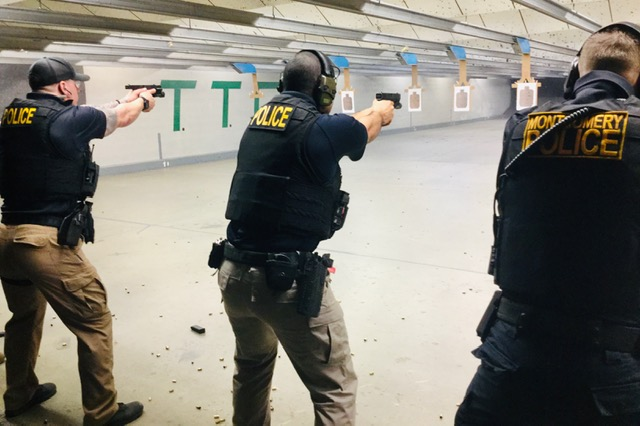Understanding SMG: A Comprehensive Overview
In the world of firearms, abbreviations and acronyms are commonplace, often reflecting the weapon’s design, purpose, or historical significance. One such acronym is SMG, which stands for Submachine Gun. This article will delve into what SMGs are, their history, types, and their role in modern warfare and civilian use, particularly in relation to businesses like All Pro Guns and Ammo.
What is a Submachine Gun (SMG)?
A Submachine Gun (SMG) is a type of firearm that combines the features of both a rifle and a handgun. Typically, SMGs are automatic or selective-fire weapons that are designed to fire pistol-caliber rounds, such as 9mm or .45 ACP. The key characteristics of SMGs include:
- Compact Size: SMGs are generally shorter and lighter than rifles, making them easier to handle and maneuver in tight spaces.
- Automatic Fire: Many SMGs are capable of fully automatic fire, allowing for rapid successive shots with a single trigger pull.
- Pistol Caliber: Unlike rifles, which often use high-velocity cartridges, SMGs use lower-velocity pistol ammunition, resulting in less recoil and easier control.
Historical Background of SMGs
The development of the submachine gun began during World War I. The need for a weapon that could deliver a high volume of fire in close-quarters combat led to the creation of the first SMGs. Notable examples include the MP 18, developed by Germany, which was one of the first mass-produced submachine guns.
The popularity of SMGs surged during World War II, where they were extensively used by various military forces. Weapons like the Thompson submachine gun (often called the “Tommy Gun”) and the MP 40 became iconic symbols of the era. Their effectiveness in urban warfare and their ability to provide suppressive fire made them indispensable in various combat scenarios.
Types of Submachine Guns
SMGs come in various designs and configurations, each catering to different needs and environments. Some of the most notable types include:
- Straight Blowback: This is the simplest mechanism, where the bolt moves back due to the energy from the fired cartridge. This design is often found in cheaper or less complex models.
- Delayed Blowback: This design involves mechanisms that delay the opening of the bolt until the bullet exits the barrel, reducing recoil and enhancing accuracy.
- Gas-Operated: Some SMGs utilize gas from the fired cartridge to cycle the action, similar to many rifles. This can improve reliability and reduce wear on the weapon.
- Bullpup Configuration: In a bullpup SMG, the action and magazine are located behind the trigger, leading to a more compact weapon with a longer barrel length, improving accuracy.
The Role of SMGs in Modern Warfare
In contemporary military and law enforcement contexts, SMGs play a crucial role. Their compact design and high rate of fire make them suitable for various applications:
- Close Quarters Battle (CQB): SMGs are favored in urban environments where engagements are often at close range. Their size allows for quick maneuverability in tight spaces.
- Special Operations: Elite units often utilize SMGs for covert operations due to their silent operation when fitted with suppressors. Weapons like the H&K MP5 have become synonymous with special forces worldwide.
- Police and Security Forces: Law enforcement agencies often equip officers with SMGs for scenarios requiring high firepower without the bulk of a rifle. This is particularly relevant in hostage situations or active shooter scenarios.
SMGs in Civilian Use
While primarily designed for military and law enforcement use, SMGs have also found a place in civilian markets. Companies like All Pro Guns and Ammo cater to this demand by offering various SMG models for collectors and shooting enthusiasts. Factors that contribute to civilian interest include:
- Historical Significance: Many SMGs have rich histories and are sought after by collectors for their historical value.
- Sport Shooting: Some shooting ranges offer SMG experiences for enthusiasts looking to engage with these firearms in a controlled environment.
- Personal Defense: Although less common than rifles and handguns, some civilians opt for SMGs for home defense due to their ease of handling and effectiveness.
Conclusion
In summary, SMGs are an integral part of the firearms landscape, bridging the gap between handguns and rifles. Their historical significance, combined with their unique design and versatility, makes them appealing for both military and civilian use. As businesses like All Pro Guns and Ammo continue to cater to the interests of firearm enthusiasts, understanding the role and function of SMGs becomes increasingly important for both education and responsible ownership. Whether in the hands of a soldier or a civilian collector, the submachine gun remains a fascinating and impactful piece of weaponry..


